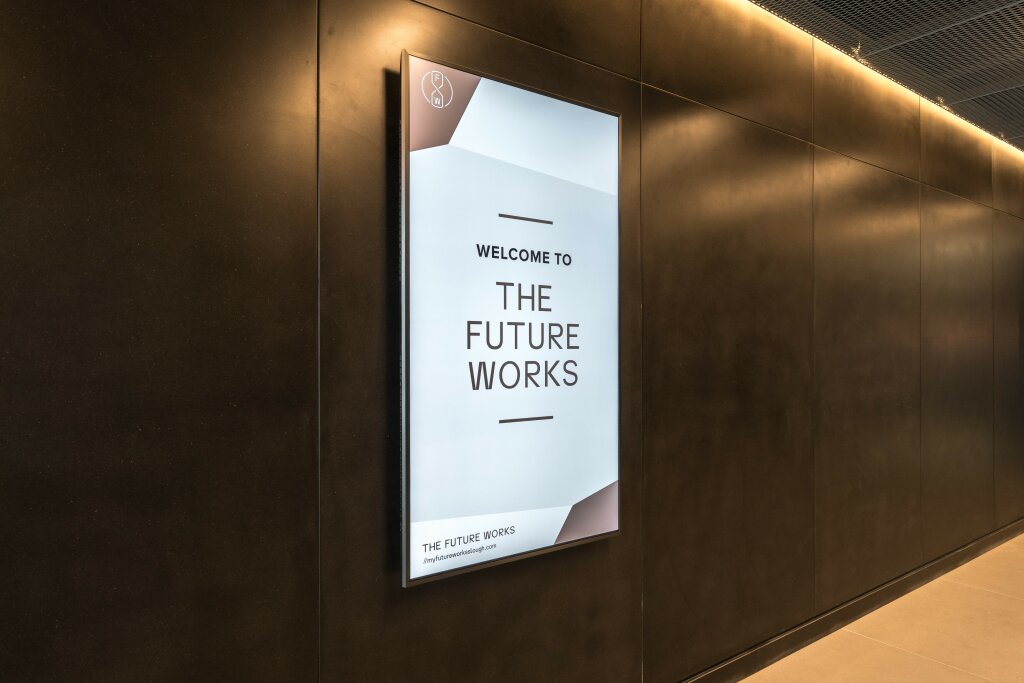Never before has so much of the UK office market been so obsolete. Two acronyms, ESG and WFH, are accelerating changes to businesses’ requirements, forcing the industry to step up.
When new energy efficiency standards are introduced in 2023, landlords will be unable to let buildings with a rating lower than E. Analysis by Colliers suggests this will make roughly 20m sq ft of London workspace – almost 10% of the total stock – unusable. By 2030, the minimum requirement will be a B rating, making around 80% of current stock obsolete.
This is just for starters. With the built environment contributing around 40% of the UK’s total carbon footprint, regulations will only become more stringent and the pace of change more rapid.
The market will pre-empt regulation changes. Knight Frank has found that, on average, central London office buildings rated BREEAM ‘Excellent’ command a 4.7% rental premium, while those rated ‘Outstanding’ achieve a 12.3% premium. Marketing a building with a low rating is increasingly unviable, while a ‘green premium’ is pushing developers to do the right thing.
Coming out of the pandemic, most businesses still need an office to be productive. Not everyone can, or wants to, work from home. Bringing people together boosts culture and morale; it also makes it easier to be creative, train new staff and spot when people need support.
Yet many companies recognise that their pre-pandemic office isn’t the office they want post pandemic. So buildings unfit for new ways of working are also under threat.
Avison Young’s most recent central London office occupier market review reveals an uptick in demand as businesses look to trade in old space for something that fits changing requirements. Buildings with ESG credentials that are suited to collective working are in demand.
Technology is vital, creating solutions to the issues of having some people in the room and some working remotely. Facebook’s partnership with Zoom to create a virtual reality product for meetings is a sign of how workplaces will change.
Smart developers are reconsidering what and where they create and how they market it. At The Kensington Building, we have combined strategies to cut embodied carbon, including reusing the concrete frame, partnering with Carbon Intelligence to improve operational sustainability.
In Slough, The Future Works marries technology with wellness. The building has a ‘Platinum’ WiredScore rating and the UK’s first ‘Platinum’ AirScore rating, and its workplace app enables energy monitoring and smart controls, as well as wifi-connected roof terraces and an emphasis on biophilic design. Such features, once a ‘nice to have’, are now vital to create a relevant offer.
Workplaces must also be well connected to public transport and provide excellent facilities for cyclists to provide a sustainable and accessible journey to work for the whole workforce.
Now is the time to rethink offices. This is a huge opportunity for those who understand end users’ needs, but a threat to those who do not respond appropriately. With ESG and WFH creating a perfect storm, those who fail to adapt will be sunk.
